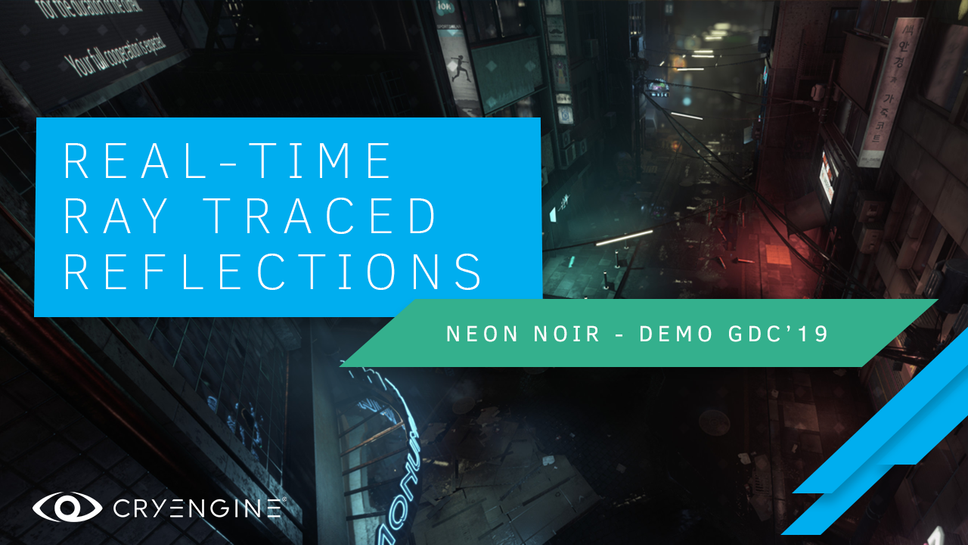That's pretty cool but no, unfortunately that doesn't necessarily mean you know how they work.
It doesn't, yes, it has to do with textures, I mentioned that but haven't phrased it in the best way I guess.
But here's the problem though, you're still actually wrong, it's not a screen space effect as you so adamantly believe. Therefore it gets rather awkward when you try to call me a buffoon and in addition to that you are also proudly claiming to be making games (not that it would really matter here but still). I'd say it's pretty arrogant to assume just because you've worked with something you automatically believe you're an authority over anything related to the field. And you clearly aren't, not to the extent you try to claim at least.
Your remark is kinda cringy and an obvious oxymoron, you can probably understand why hopefully.
Here :
https://learnopengl.com/Advanced-Lighting/Parallax-Mapping
Nothing is used from screen space to construct anything. It's not a screen space effect and it generates no (obvious) artifacts if implemented correctly.
Think about this : Xbox One and PS4 have first gen GCN which is known to be horrible at tessellation yet in most games you can observe that a good amount of surfaces have depth in them. How do you think they do that ? It's POM and adjacent methods mostly. I think the only times when tessellation is used is when you need something to simulate the deformation of terrain that can also accommodate changes according to other geometry (walking over snow, mud, etc) and I only saw it in a few games like ROTTR, GOW, the rest of them don't use tessellation for a lot of things, it's simply too expensive.
You can either accept that some features will always remain too expensive to be put into practice on a large scale or that they are everywhere. Whatever floats your boat.







